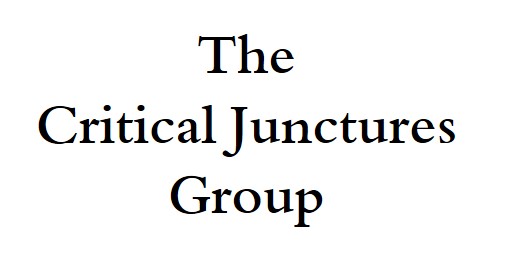Today I went to a meeting of Big City Moms to hear a talk by a baby-proofing expert. It’s something I really need to know about now that my twin boys are rolling over and on the verge of crawling. James, who looks a lot like Jon Bon Jovi, was very impressive as he talked about door latches and electrical outlets and wiring and all the other things little hands and mouths can get into trouble with. I had no hesitation deciding that I wanted to hire him to come over and analyze my apartment and tell me how to make it safe for my guys.
It seemed to me he had a good urban thing going. Find groups of moms to give free lectures to, and pick up clients at each event. He also told us that he writes a column that’s syndicated on some websites and magazines. Another good way to get clients. It looked like he had a business model not so very different from some of the people who lecture at the same events I do. And then I saw his business card. Well, not exactly a business card. More like a rack card. Glossy card stock and on it he’s listed all the services he performs. Baby-proofing (gates and door latches, kitchen safety, etc), fireproofing, custom plexiglass balconies and dangerous railings, pool fencing, nanny surveillance by hidden camera and Internet, and domestic staff background checks.
His company is called Baby-SAFE, and as you can see he’s done a remarkably thorough job of thinking through all the ways to make a baby safer at home, and incorporated them all, no matter how seemingly unrelated they are. After all, what does fire safety have to do with background checks. On the face of it, it’s hard to see how having expertise in one makes you likely to be good at the other.
It’s a lesson in business model formation. Sometimes it pays to find new ways to categorize your business. In traditional terms, James’s business covers at least professional services, contracting and construction, computers and electronics, and investigation.
Instead of starting from a standard category of business, he started from the needs of a particular consumer and he built a businesss model around serving that particular need.
That turns the usual way of doing things inside out. Typically, for example, someone in construction might start out focusing on small homes, then leverage their understanding of construction to do larger homes or vacation homes or small office buildings. They’re serving different customers within the same industry, using the same basic skills — how to spec and construct a building. What James has done is ask What are all the jobs this customer (parent of young children) needs done? and then provide all the services needed to do those jobs. So the customer is the hub and the spokes are the industries, instead of the all too common model in which the industry is the hub and the various customers are the spokes.
James is a great example of an entrepreneur who really understands his customer and embodies the principle of putting the customer front and center in your business. And in the process he’s defined a new industry — child-safety risk management.
